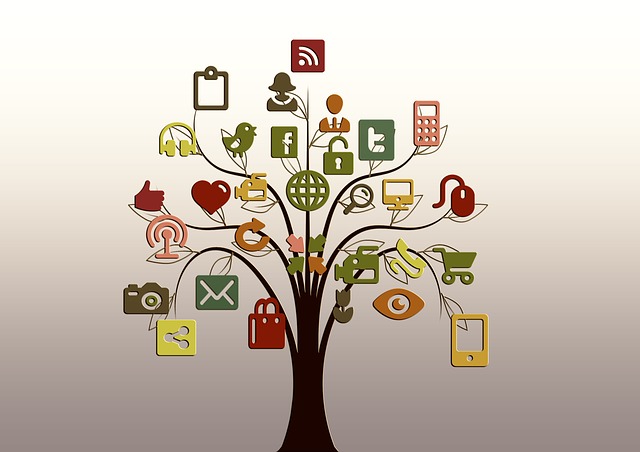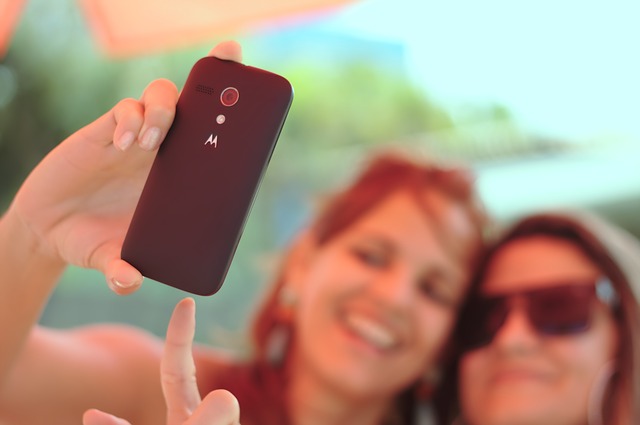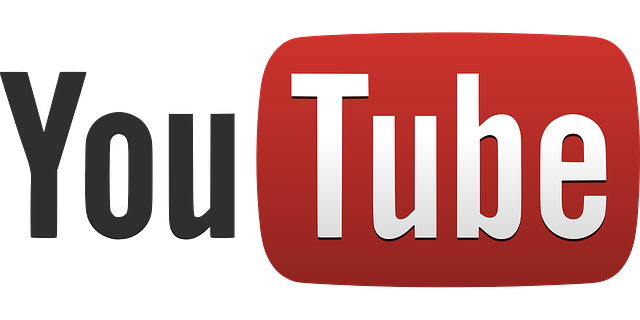
Communicating online is a vital part of day to day life, whether we resent that fact is irrelevant as to stay on top of things we have to embrace it. The most used forms of cyber-communication for me, a 16 year old GCSE student in Bristol, are iMessage, Facebook Messenger and Kik. When it comes to social networking however, you might be surprised.

Facebook and Twitter are networks that all generations seem to have caught on to; they are well developed, easy to use and the first of their kind. In addition to these, there are several popular ways of communicating that may only be familiar with the young people today. That isn't to say that Facebook and Twitter aren't particularly popular anymore - I personally only use Facebook for the Messenger and Events because I am not interested in the ongoing stream of updates and adverts from the 600+ people I'm somehow "friends" with. It still has a lot of users and will continue to, I just think the hype over Facebook is coming to an end...
If Facebook is (despite their best efforts) taking a back seat, then what are the social networks that are leading the next zeitgeist? Here are the ones I'm watching...
This is purely a network for sharing images and videos, primarily through the use of the app available on Apple and Android phones. It is super fast and easy to upload photos to, enabling you to quickly let your followers know what you’re up to whilst on the move. Its defining features are the ability to “double tap” to like a photo, the simplicity of a feed with minimal words and the images being in the square format of a Polaroid photo. It has become increasingly popular to the point where not only children and young adults use it, but also adults and popular clothing companies like Topshop, River Island and American Apparel (well, that's who I'm following anyway!).
For these companies, the app enables them to post outfits or exclusive photos that then lead the viewer to going to the website to see more. Could the same be done for your company? An account on Instagram could be useful to websites looking to promote their company, provided the content posted is engaging enough for the viewer to click "follow". The amount of people following or subscribing or liking is everything when promoting online.

Snapchat
This app has a more fun and comical element to it. Used constantly by young people, it enables you to quickly send photos, with the optional ability to add a caption or coloured drawing and send to multiple people at once. The best thing about it is you can set a time limit on how long the photo is seen, from ten seconds to one - one second limiting the capability for the receiver of the image to screenshot and save for ever more, and ten for the less embarrassing snaps.
The app is constantly being updated with features like “snapchat stories” and chat and video options. It can only be used on mobile devices with a front facing camera, which limits the numbers of users if you are not a fan of the "selfie"... and is a sure sign that the app was developed for the younger generation. You can only snapchat someone, see their stories and friends if you have added them and they have added you. This two way system makes it near impossible to be a successful way of promoting a business, and for these reasons, it would not be a particularly helpful app for advertising your company, however it's popularity means it deserves a mention.

YouTube
Everyone has heard of YouTube, it is the go-to place when you need to find a song you’ve heard or video everyone is talking about. But for some young people, it is also an undiscovered community of people who like to comment on videos and even post some themselves. If you’re good enough, you can even make a career out of it. Several “vloggers” earn thousands of pounds a day from advertisements on videos.
A good indication of the popularity of a user is their amount of subscribers. Some of the most popular are PewdiePie with a channel all about gaming (31,800,000 subscribers), Jenna Marbles who films random, comical videos with her dogs (14,200,00 subs.) and Zoella, a makeup and beauty vlogger (6,400,000 subs.). It’s not all friendly though – people often have very contradicting or controversial views which can cause uproar in the comments. If a company has interesting, visual products, Youtube can be a great way to get them heard about because links to YouTube are often posted on other places like Facebook and Twitter.

Vine
Vine is a new way to share videos. Every video made by a user is six seconds long and on an infinite loop until you lose interest, making them quick to watch and share. The most popular vines are funny/weird, promoting musical talent, or of pets/animals (think cats guinea pigs and goats). It is an app that has become increasingly popular, with many vines going viral and appearing on other social networks like Facebook and Twitter.
You, as a user, have the ability to like, “revine”, comment and share with others, much like the way Facebook works. Popularity is determined by the number of loops and again, like YouTube, it could only work if the product was visual, however there are definite possibilities for promoting an event or visual product.

TUmblr
Tumblr is a site/app that many people might find confusing. Each user has a blog where they can post photos, text or animated gifs, or you can just stick to “reblogging” and liking posts from people you follow found on your feed. Blogs vary – there is a side to Tumblr full of humour and comical photos (again with the animals… cats, pugs sloths are popular), a happy side of cute gifs and happy sentiments, but also a dark side. This split makes Tumblr more personal than some of the other social networks depending on what you post which is why tumblr URLs are lesser known from person to person.

© 2025 A&M Consulting Ltd t/a Somerset Design. Registered in England and Wales. Company No. 4377058 VAT Reg. 803 6289 32 Site Info